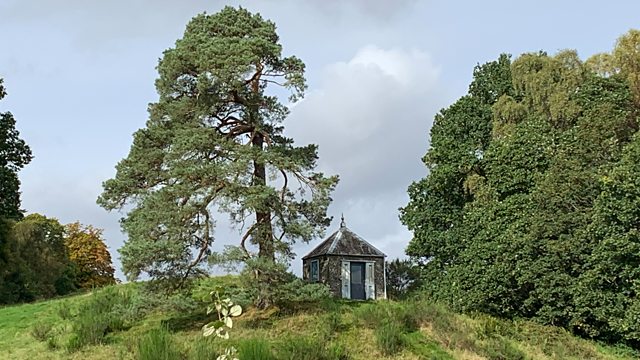Shaky Toun
Helen Mark learns about the Highland Boundary Fault, which separates the Scottish Highlands from the Lowlands, and finds out how it led to one village being nicknamed Shaky Toun.
The Highland Boundary Fault runs diagonally across Scotland, dividing the Highlands from the Lowlands. In this programme, Helen Mark finds out what impacts this geological feature has had on the landscape around it. She visits Comrie, which at one time had more earth tremors than anywhere else in the UK, earning it the nickname "Shaky Toun". On a tour of the Earthquake House - one of the smallest listed buildings in Europe and the first purpose-built seismological monitoring station in the world - she learns how earthquakes were measured and recorded in the 19th century and how technology has moved on since then.
The geology hasn't only affected the landscape, but also the wildlife within it. The Highland Boundary Fault is the frontline in the battle between red and grey squirrels in Scotland. South of the fault, greys have largely ousted the reds - but the area north of the line, with its more rocky and mountainous habitats, is still a haven for native reds. This is partly because of control work carried out by the Scottish Wildlife Trust, who trap and kill grey squirrels north of the line, to try and protect the population of reds. At the Loch of the Lowes nature reserve near Dunkeld Helen joins a red squirrel walk, hoping to catch a glimpse of this endangered species in the trees.
Further west at Conic Hill, Helen meets a geologist who explains how the Highland Boundary Fault was formed 400 million years ago and how it still has lasting cultural, agricultural and even linguistic effects today.
Produced by Emma Campbell
Last on
More episodes
Next
Broadcasts
- Thu 23 Nov 2023 15:00成人快手 Radio 4
- Sat 25 Nov 2023 06:07成人快手 Radio 4
Podcast
-
![]()
Open Country
Countryside magazine featuring the people and wildlife that shape the landscape of Britain


